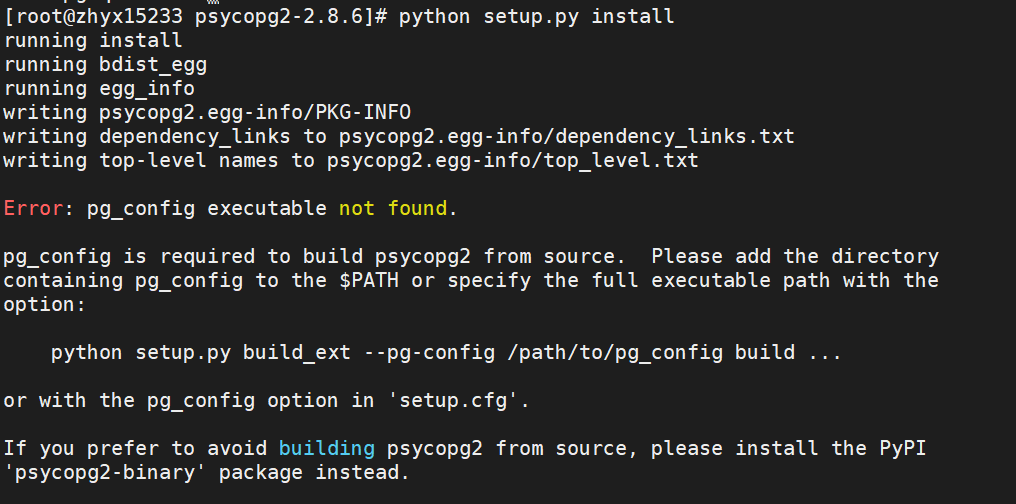


You still can compile a new version from sources and install it to e.g. RPM is such a core component, you don't replace/update it willy-nilly. Glibc adds new APIs almost each release and that makes reconciling all the libraries a near impossible task.
Microsoft has a 100% stable in terms of API/ABI core components such as ntoskrnl and user32, Linux doesn't. You need to take care of build time dependencies and Linux distros only have a single /usr/include directory. Microsoft solved this issue a long time ago with Windows Vista using WinSxS, unfortunately it won't work for Linux for the following reasons: They are actually quite a strict set of packages with intricate dependencies, so for a distro A version N you can only have have X Y and Z versions of components, otherwise your system will stop functioning because dependencies will be broken. They are not a set of some loose components thrown in together. 1.Here's the deal about most Linux distros. We can manage the rpm commands using appropriate actions with root privileges. Note: In Linux, please remember we must be a super user at the time of installing the RPM packages. The following is the rpm site's list where we can search and download the RPM packages. Query: This mode is used for querying the RPM packages. Verify: This mode is used for verifying the RPM packages. Upgrade: It is used for updating the available RPM packages. Remove: It is used for erasing, removing, or uninstalling the RPM packages. Install: This mode is used for installing the RPM packages. It includes the actual details of the packages like what it is, version info, dependencies info, from where it comes, etc. RPM keeps the details of every installed package in a database, i.e., /var/lib/rpm. If we have installed any package with source code, the RPM would not manage it. RPM is a single way for installing packages upon Linux systems. RPM (Red Hat Package Manager) is free and published upon GPL (General Public License). It only implements with those packages that were created in. It contains compiled software libraries and programs required by the packages. The tool permits system users and administrators for installing, updating, uninstalling, querying, verifying, and managing system software packages in Linux/UNIX operating systems.įormerly, the RPM is called the. It is an open-source package manager (default) and the most famous utility of package management for Red Hat-based systems such as Fedora, CentOS, and RHEL.






 0 kommentar(er)
0 kommentar(er)
